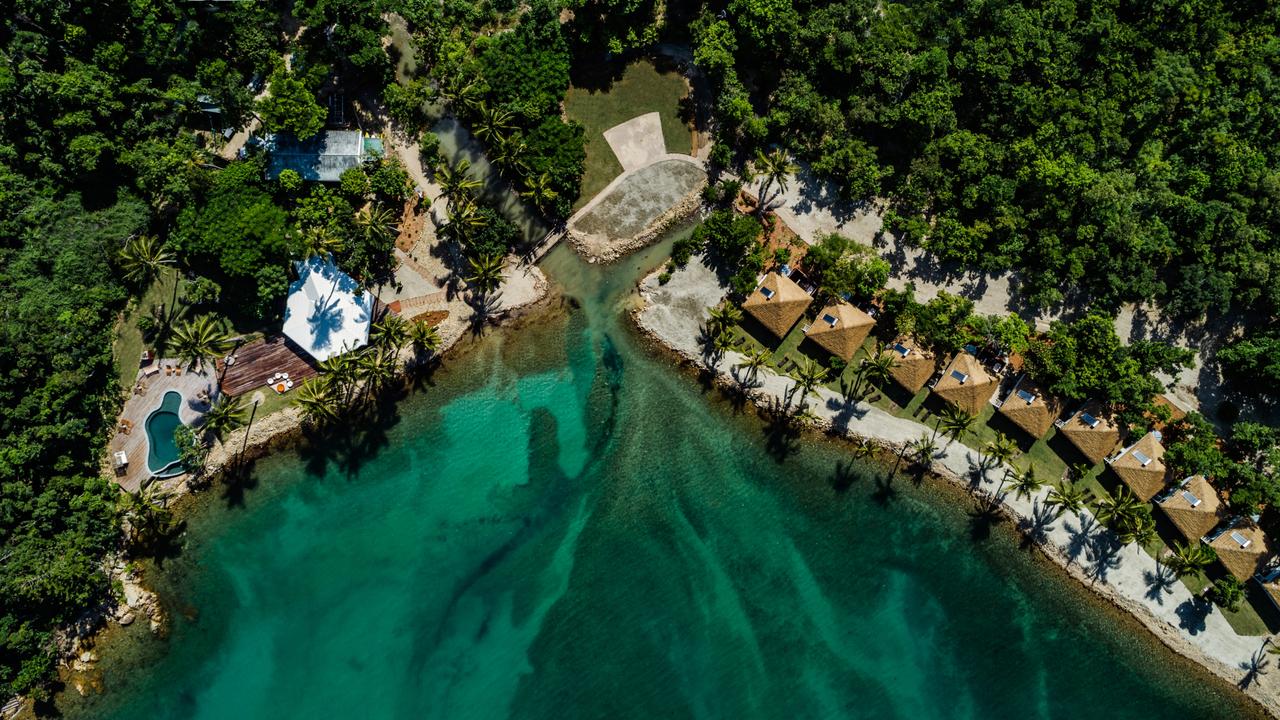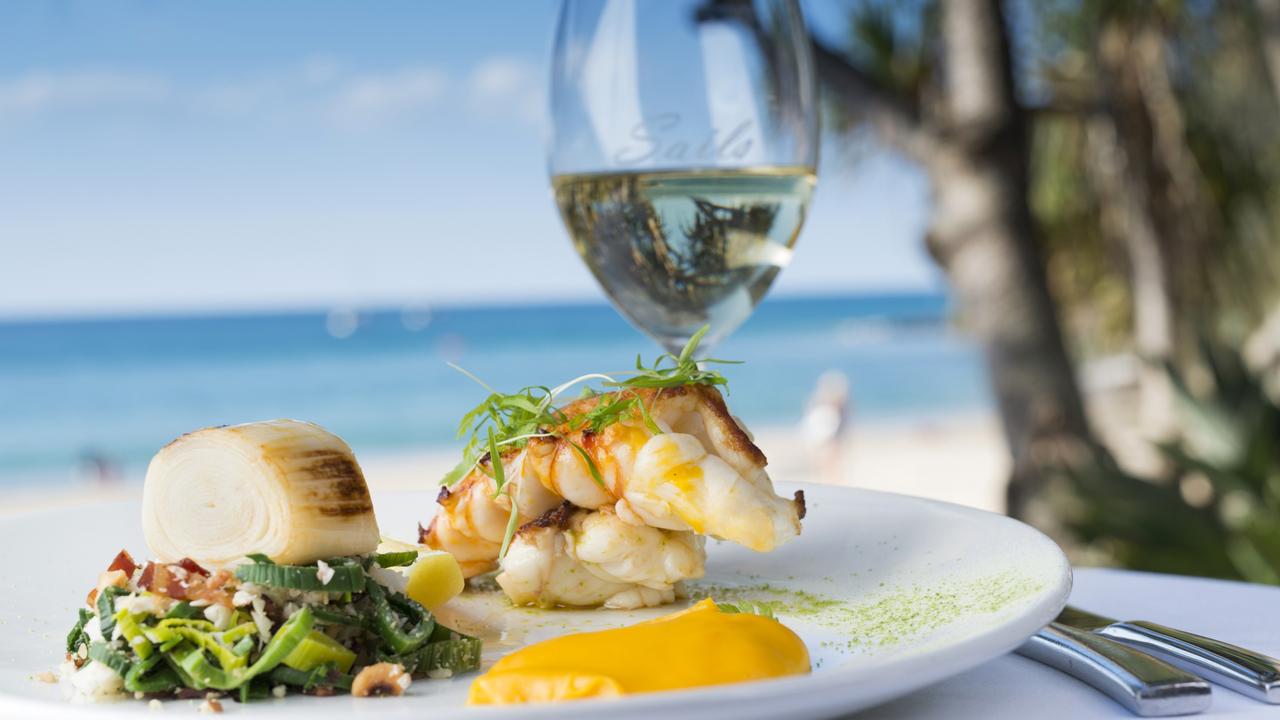Great Barrier Reef's underwater sex show of coral spawning expected this weekend
THE largest spectacle of spawn on the planet is happening in Australia for few special hours this weekend. Find out where.
QLD
Don't miss out on the headlines from QLD. Followed categories will be added to My News.
IT'S the biggest sex show on the planet and it's on for just a few special hours in Australia this weekend.
The world's largest living organism, the Great Barrier Reef, is about to experience its annual coral spawning season.
Marine scientists believe this year's November 22-24 spawn spectacular will be the best in years, with sea temperatures already hovering above the magic 26C mark and a late November full moon expected to slow tidal flow to twice a day reducing the chance of sweeping the spawn out to sea.
Tusa Dive and Quicksilver's Silverswift, two Cairns based dive operators, have packaged special night diving tours specifically around the event.
"Coral spawning is the Everest of seeing reproduction in nature and should be on every diver's bucket list," Quicksilver marine biologist Russell Hore said.
"A lot of factors need to align before you can see the reef go off.
"To begin with, spawning tends to happen at night when plankton feeders are asleep (allowing eggs time to fertilise) and you need almost perfect tides, weather and temperatures.
"When you narrow it down to an event that is hit and miss; and you actually get to see it, then it's something you will remember forever."

He said divers could expect to see eggs popping out of the coral.
"When a big boulder coral goes off, it releases an underwater snow storm and you get to see hundreds of bundles floating to the surface," he said.
"You know when it is happening. There's a slick on the surface and the smell on one hand, while on the other, most of the fish life are sitting on the bottom with distended stomachs. It's like they have stuffed themselves with Tim Tams."
Too much sex isn't a good thing
Contrary to popular belief, too much sex is not a good thing when it comes to coral.
"You don't want it to get too crazy. If you get too much spawn at once, visibility goes down," Mr Hore said.
"You also don't want the reef to produce sperm at the same time as eggs or there's a risk of self fertilisation and a potential impact on the reef's gene pool.
"A 30 minute delay and a gentle tide are definitely best."

Wait, there's a second coming
If you miss it this weekend, there's good news - you can get a second shot at it on the Southern Great Barrier Reef sometime between December 20 and 25.
"That's going to be a great Christmas present for anyone here during the holiday season," Lady Elliot Island Eco Resort dive instructor Ryan Jeffery said.
Station Manager at neighbouring Heron Island Research Station, Doctor Elizabeth Perkins will be working with a team of University of Queensland post graduate researchers to collect spawn and conduct experiments relating to climate change.
"If you pick the right night, it's amazing to see the release. The water is alive with creatures feeding on the eggs," Dr Perkins said.
"This time of year there are also turtles mating in the ocean and laying eggs on the beaches; and the waters are full of mantas (rays).
"There is a definite buzz about the reef."

The downside the spawn show
Nothing quite prepares you for seeing this phenomenon up close and personal, Dr Perkins warns.
It's not all pleasant - there is also a smell that "you don't realise from watching it on the Discovery Channel."
For travellers unable to go on the night dives, the lead up to coral spawning offers an exclusive insight into the reef's birthing process.
Mr Hore said if you get up close to the coral just before spawning, "you can actually see distinct little colorations in the mouth of the coral, little signs that ejaculation on a mass scale is about to take place. It's almost like you are experiencing a pregnancy on a really small scale - without the demand for ice cream!"
Whether at the north or south, Queensland's Great Barrier Reef is acknowledged as best place in the world to see the phenomenon.
"Biologically, it's the most diverse system in the world and there are more corals here than anywhere else," Dr Perkins said.
"When we talk about mass coral spawning, we are talking about branching types of coral, which make up 60 percent of the coral on the Great Barrier Reef."

Quicksilver's Silverswift Coral Spawning Dive Adventures
Departs Cairns from November 22 - 24, 2013. Visit silverseries.com.au
Tusa Dive
Departs Cairns from November 21 to 23. Visit divethereef.com
Lady Elliot Island Eco Resort
For holiday and dive bookings visit ladyelliot.com.au


